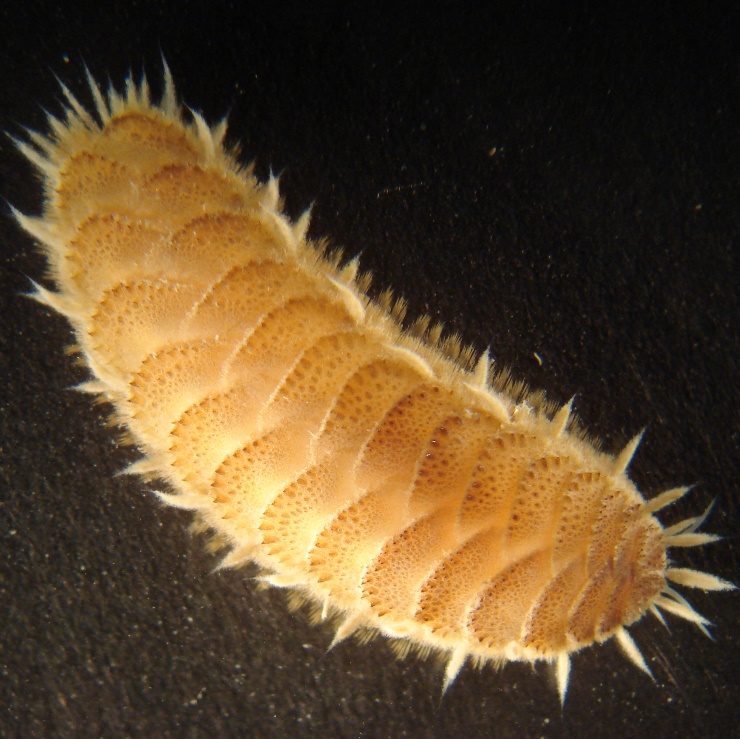 The Whitney Laboratory for Marine Bioscience
The Whitney Laboratory for Marine Bioscience

In 1952, T.A. and Anne Stephenson came to Marineland – “a small settlement centering around the …Marine Studios” (established in 1938) – to describe the coastal rocks between the tide marks, the wave and tidal actions on the rocks, and a selection of organisms living in the area. These findings were compared with those of the coasts in Charleston, SC and Beaufort, NC, and were published in the Journal of Ecology.
In contrast, “Ecosystems of Florida”, published in 1990, is a grand work of 31 authors (12 from the University of Florida), which examines the varied landscapes of Florida, their habitats, and the relationships among the inhabitants. Most aspects related to the Matanzas Basin are well described but scattered; the aim is Florida.
In the early ‘80s, Edward E. Ruppert and Richard S. Fox spent about six years identifying marine invertebrates, from Cape Hatteras, North Carolina, to Cape Canaveral, Florida. The Matansas River was one of their collecting sites and the Whitney Lab provided living accommodations and laboratory space. In 1988, Ruppert and Fox produced Seashore Animals of the Southeast, an excellent and comprehensive field guide. This book is especially useful because it comes as close as a book can to being a set of lists: the descriptions are terse; the animals and their figures are organized; and the authors have laid on keys, a glossary, and discussions of major groups and of marine ecology.
The oldest extant Whitney faculty member, W.E.S. Carr, has – for decades – prepared and maintained a list of fishes in local waters. Moreover, it is still used in student tours in the Matanzas River. On the other hand, J.B. Miller, a UF graduate student, was hired in the summer of 1981, to produce a list of marine invertebrates. Though the study was very well organized, most Whitney scientists were physiologists, so more than 27 years passed before Miller’s list was visited again.
In 2008, Jose Nuñez and Michael Greenberg began to examine the occurrence, classification, and nomenclature of the invertebrate animals identified by Miller and others. Their aim was to publish these data — and Carr’s – online, thereby making them readily available for visiting scientists and the public. But as this work has proceeded, three fundamental aspects of the MatBio inventory emerged and are altering its formation and functions.
No invariability here. The roster of animal species in the Matanzas River and its surrounding marshes is not unchanging; rather, it changes with time and in a variety of ways. For example, as the techniques for studying animal taxonomy have improved, the classification and nomenclature of species have had to be changed frequently. Indeed, the names of several of the species identified by the Stevensons 63 years ago are now different. More important, many species seen years ago in the Basin have become rare, while the count of other species will have grown noticeably. These frequent variations may reflect the several effects of weather, water, soil, habitat, predators, parasites, pollution, and climate change. Therefore, the plan of the MatBio inventory must include timely reviews carried out permanently. Indeed, these reviews – the canary –may be the most important activity of this project.
Not just animals. The Basin is a broad, open system, continuous from watershed to ocean, through freshwater streams and seawater inlets. Moreover, the many habitats in this system include a wide variety of organisms: animals of course – but also plants, fungi, and soils. Indeed, the changing of species in the Basin is most strikingly seen in the march of the black mangroves to the north, with red mangroves – only recently arrived in this area – coming smartly behind. Clearly, a focus only on marine animals would furnish an inaccurate picture of the Basin. Therefore, the revised list of organisms will immediately include, not only animals, but also plants. The fungus and soil data are in preparation.
Finally, communities. Habitats contain assemblages of organisms — from animals and plants, to fungi and microbes — and these groups live closely enough that potential interactions are likely. These are communities, and their interactions include, e.g., predation, herbivory, symbiosis, and parasitism. An example was provided by Rachael Cashman, a summer student at the Whitney (2009). She demonstrated that the bushy ectoproct Anguinella palmata, which hangs from the bottom of coquina rocks, has 24 varied species attached to it. Such relationships, in great numbers and variety, have been known for decades, and interest still grows apace. The variety of communities in any habitat must, of course, be at least equal to the number of species alone. Daunting indeed, but a method for presenting communities online is currently being developed at the Whitney Lab (by Joseph Ryan and Greenberg.)
This is a large project. Yet the effort required to produce this behemoth would be much greater if it aimed at, for example, all of Florida. But we are dealing with a relatively small area. Still, in the exigency, we can always reduce the number of types of habitats that are being investigated.
Another advantage of working in a small area is that it improves the possibility of receiving the help of local citizens. Of course, the people, and their kids, would have to be taught, but the subject matter could be about questions of interest to the recipients. One would hope that education would be improved, and that some people would be happy about helping to keep a large community project flying.
Finally, though, recall that this is not just a large project, but a really interesting and important one. Let us know if you wish to support our next steps!